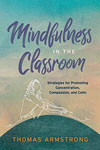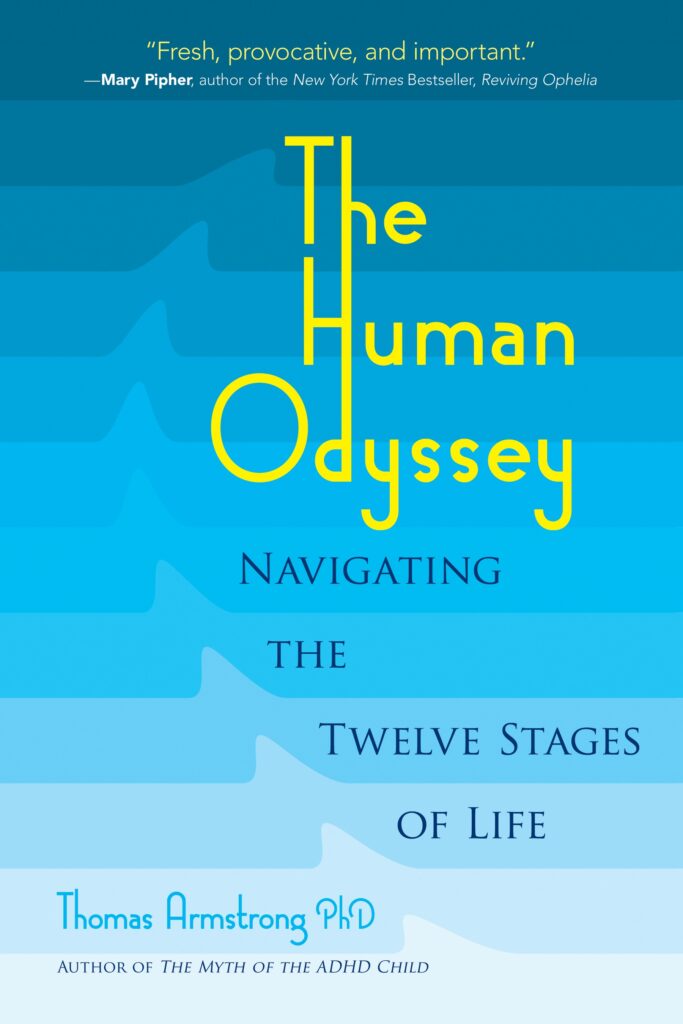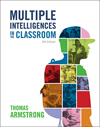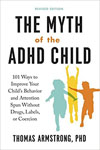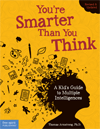 It is part of federal law that students with special needs should have their strengths identified and described in their IEPs (IDEA 2004 Section 1414(d)(3)(A)). And yet, when I search the special education literature online, I find virtually nothing dedicated to identifying strengths in these students.
It is part of federal law that students with special needs should have their strengths identified and described in their IEPs (IDEA 2004 Section 1414(d)(3)(A)). And yet, when I search the special education literature online, I find virtually nothing dedicated to identifying strengths in these students.
If a student is having difficulty in school, what they need is to have adults around them who see the very best in them, not just their deficits, disorders, and dysfunctions. I’ve created an informal 165-item strength-based checklist in my book Neurodiversity in the Classroom: Strength-Based Strategies to Help Students with Special Needs Succeed in School and Life. However, there are a number of formal strength-based assessments out there that should be utilized by special education personnel in identifying the strengths of students with special needs. Here are seven of them:
- Behavioral and Emotional Rating Scale, Second Edition (BERS-2) by Michael H. Epstein. The BERS-2 is designed to measure the personal strengths and competencies of children ages 5 through 18, and has versions to be filled out by the child, the parent, and the teacher. Includes items like ”asks for help,” “accepts a hug,” and ”is popular with peers.”
- The VIA Inventory of Strengths (VIA-IS) by Christopher Peterson and Martin Seligman. VIA stands for ”Values in Action” and the inventory represents one practical application of the ”positive psychology” movement (Seligman, a former president of the American Psychological Association, is one of the founders of this movement). There are twenty-four strengths in this model, including creativity, curiosity, zest, humility, appreciation of beauty, and humor. There is a VIA Strengths Survey for Children (between the ages of 8 and 17), that kids can take online (anonymous results are used in research at the University of Pennsylvania).
- Dunn and Dunn Online Learning Style Assessments. These assessment tools are based upon the learning style model of Drs. Rita and Kenneth Dunn, which focuses on 25 factors important for understanding how a child learns (e.g. environmental, emotional, social, physiological, and psychological). There are separate assessments for different age groups (ELSA, grades 2-4; LSCY, grades 5-8, LIVES, grades 9012).
- Search Institute’s 40 Developmental Assets. These are assets that identify a set of skills, experiences, relationships, and behaviors that enable young people to develop into successful and contributing adults. There are separate lists for different age groups (early childhood, grades K-3, middle childhood, and adolescents). The list for adolescents, for example, includes honesty, responsibility, cultural competence, caring, and reading for pleasure. Upon request, the Search Institute will mail the survey (they have several, including the Developmental Assets Profile survey that students ages 11-18 can take) and results and follow-up steps will then be provided.
- Clifton Youth Strengths Explorer®. (for ages 10-14). Developed by the Gallup Poll organization, which also developed the StrengthsFinder for adults. Assesses 10 possible talent themes of students, including (Discoverer, Achiever, Future Thinker, and Organizer). It is an online measure consisting of 76 paired comparison items that requires about 15 minutes to complete.
- Torrence Tests of Creative Thinking (TTCT). These assessments have been around for six decades (developed by creativity expert Dr. E. Paul Torrence), and were originally designed to assess creativity in elementary school children. There are two main forms–figural (picture-oriented) and verbal (word-oriented)–that test such capacities as fluency, originality, flexibility, and richness of imagery. Appropriate for kindergarten through adult.
- Multiple Intelligences Developmental Assessment Scales (MIDAS) by Dr. Branton Shearer. One of the few reliable and valid instruments to measure students’ (or adults’) multiple intelligences (linguistic, spatial, logical-mathematical, musical, naturalist, interpersonal, intrapersonal, and bodily-kinesthetic). Basic certification provided for administration of the scales.
I would be interested in hearing from special educators or researchers who use one or more of these strength-based assessments with a special education population or with individual students with special needs. In particular, I’d like to know what impact knowledge of strengths has upon the students themselves as well as their teachers. Contact me at: thomas@institute4learning.com or visit my website at: www.institute4learning.com.
For more information about strategies to use with kids with special needs, see Thomas Armstrong, Neurodiversity in the Classroom: Strength-Based Strategies to Help Students with Special Needs Succeed in School and Life
This article was brought to you by Thomas Armstrong, Ph.D. and www.institute4learning.com.
Follow me on Twitter: @Dr_Armstrong






